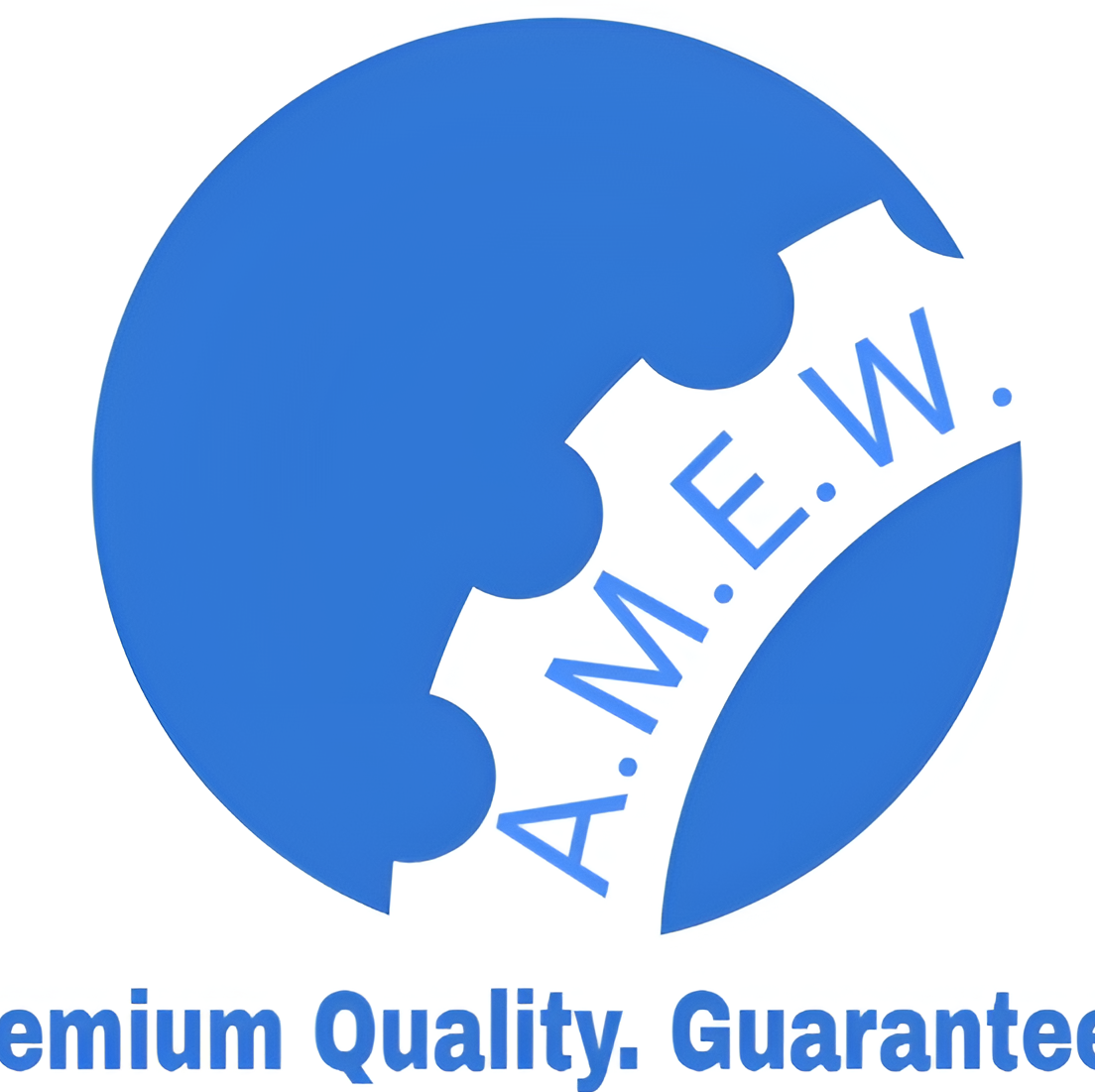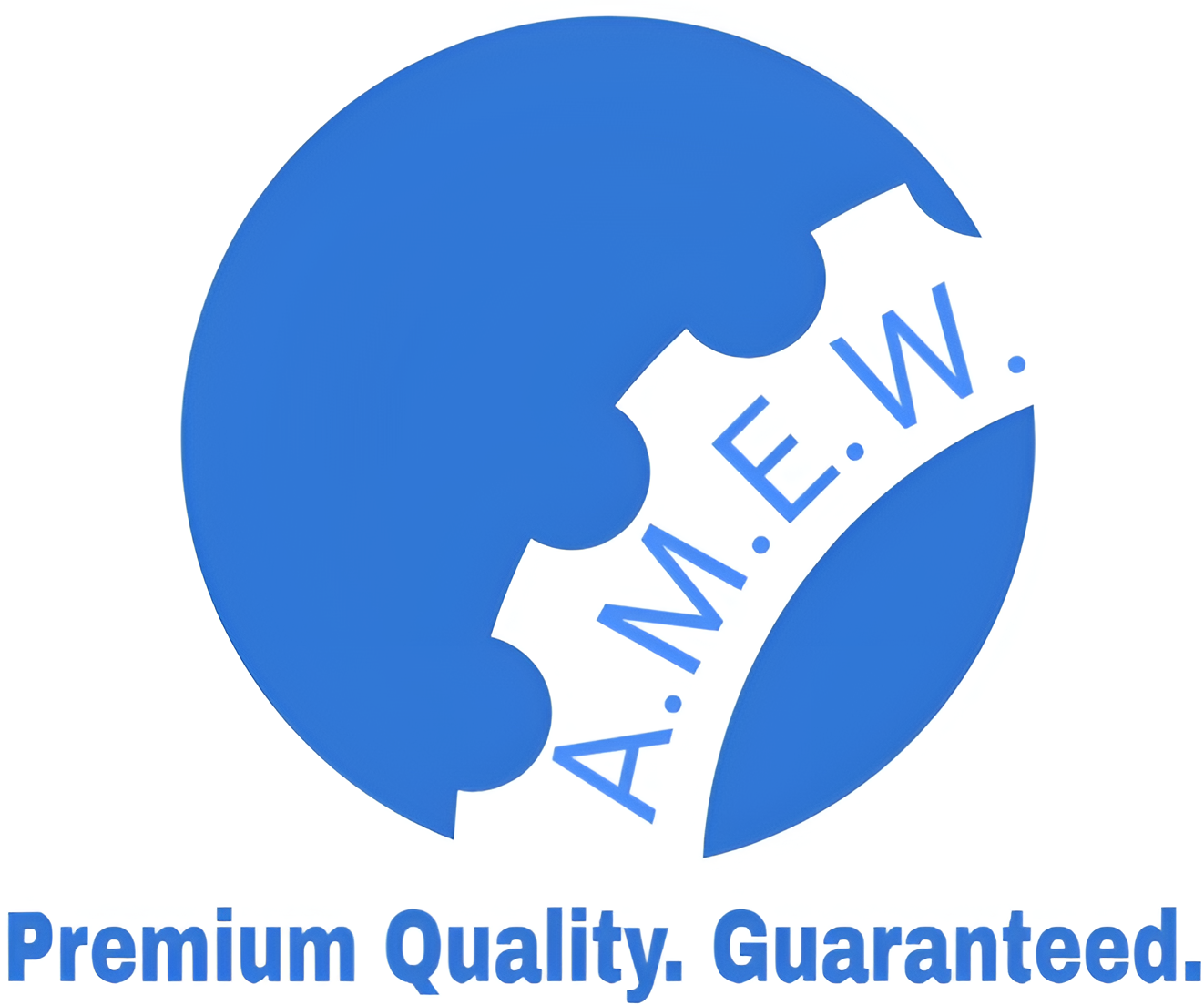Stainless Steel Flanges: The Backbone of Modern Construction and Manufacturing
Precision, reliability, and longevity are non-negotiable in construction and manufacturing projects. Stainless steel flanges, though often overlooked, play a foundational role in countless applications, from fastening pipelines to enabling equipment maintenance. This comprehensive guide covers everything construction professionals, manufacturing experts, and engineers need to know about stainless steel flanges—including types, advantages, installation, trends, and more.
Understanding Stainless Steel Flanges
What Are Stainless Steel Flanges?
A flange is a component that connects pipes, valves, pumps, and other equipment within a piping system. Stainless steel flanges serve as robust joining points, allowing for easy assembly, inspection, and maintenance of complex plumbing or mechanical systems. Their corrosion resistance and mechanical strength have cemented their place across various industries.
Where Are Stainless Steel Flanges Used?
You’ll find flanges wherever pipelines or industrial machinery require secure jointing or quick disassembly. Key sectors include:
- Construction: Building and infrastructure piping, fire protection systems, HVAC installations.
- Manufacturing: Production equipment, chemical plants, food processing systems.
- Engineering: Oil & gas pipelines, marine, and water treatment facilities.
With their versatility, flanges adapt seamlessly to both high-pressure and high-temperature operations.
Why Are Stainless Steel Flanges Important?
Reliable connections prevent leaks, resist chemical attacks, and minimize downtime during repairs or upgrades. Stainless steel’s unique properties ensure flanges stand up to harsh environments, maintain system integrity, and offer a long operational life.
Comprehensive Guide to the Types of Stainless Steel Flanges
Understanding the different types helps you select the right flange for your project:
1. Weld Neck Flanges
- Design: Feature a long tapered hub, making them ideal for high-stress applications.
- Best for: High-pressure, high-temperature pipelines.
- Benefits: Even stress distribution and reduced risk of leakage.
2. Slip-On Flanges
- Design: Slip over the pipe and welded both inside and outside.
- Best for: Low-pressure applications.
- Benefits: Economical, easy to align and install.
3. Blind Flanges
- Design: No opening in the center; used to close off pipeline ends.
- Best for: Isolating pipe sections, pressure testing.
- Benefits: Strong under pressure and allows for future pipeline expansion.
4. Socket Weld Flanges
- Design: Pipe is inserted into the socket, then fillet welded around the hub.
- Best for: Small-diameter, high-pressure piping.
- Benefits: Smooth flow with reduced turbulence.
5. Threaded Flanges
- Design: Internal threads match pipe threads.
- Best for: Low-pressure, non-critical applications and where welding is impractical.
- Benefits: Quick installation, no welding required.
6. Lap Joint Flanges
- Design: Used with a stub end, allowing flange rotation for bolt alignment.
- Best for: Systems requiring frequent disassembly and inspections.
- Benefits: Minimizes stress and facilitates easy maintenance.
7. Orifice Flanges
- Design: Feature radial tapped holes for measuring flow rate.
- Best for: Systems utilizing orifice meters for flow measurement.
- Benefits: Enables precise flow monitoring without disrupting the pipeline.
Advantages and Benefits of Stainless Steel Flanges
Stainless steel flanges deliver clear, measurable benefits over alternative materials:
- Superior Corrosion Resistance: Stand up to moisture, chemicals, acids, and salts. Stainless steel’s chromium content (at least 10.5%) forms a passive layer that shields the metal from rust and oxidation.
- Exceptional Durability: Maintain strength and performance even under extreme temperatures and pressures, reducing the risk of premature failure.
- Cost-Effectiveness: Long service life means fewer replacements, lower maintenance costs, and reduced system downtime.
- Hygienic and Easy to Clean: Especially important for water treatment, food processing, and pharmaceutical applications.
- Recyclability and Sustainability: Stainless steel is fully recyclable, aligning with green building initiatives.
Real-World Applications Across Diverse Industries
Construction Industry
- Water supply and fire suppression systems
- HVAC ducting and joints
- Sewer and waste management networks
Manufacturing and Processing
- Chemical processing lines
- Food and beverage equipment
- Pharmaceutical manufacturing
Engineering & Specialized Industries
- Oil and gas pipelines
- Marine applications (due to saltwater resistance)
- Power generation plants
Installation and Maintenance Best Practices
Proper installation and maintenance are crucial for peak performance:
Installation
- Preparation: Inspect flanges and associated pipes for surface defects or contamination. Ensure compatibility with sealing gaskets.
- Alignment: Misalignment leads to uneven stress distribution and possible leakage. Use alignment tools for precise positioning.
- Bolting: Adhere to recommended torque values and tightening sequences, typically a star pattern, to ensure uniform pressure.
- Welding: For welded flanges, only qualified personnel should perform welds, using appropriate filler materials.
Maintenance
- Inspection: Schedule regular checks for corrosion, gasket wear, and bolt tension.
- Cleaning: Clean using non-corrosive agents to preserve the passive layer.
- Replacement: Promptly replace worn or damaged gaskets and bolts to prevent system failure.
Adhering to Standards and Specifications
International standards ensure safe, consistent performance:
- ASME B16.5/B16.47: Widely used for pipe flanges and flanged fittings.
- EN 1092-1: European standard for steel flanges.
- DIN, JIS, and ISO: Other notable standards, depending on region and application.
Confirm all flanges meet project-specific certifications and testing requirements. Documentation supports quality control and regulatory compliance.
Emerging Technologies and Future Innovations
The world of stainless steel flanges is evolving:
- Advanced Alloy Development: New stainless steel grades (such as duplex and super duplex) deliver enhanced resistance in especially aggressive environments.
- Smart Flange Technology: Integration of sensors in flanges for real-time monitoring of pressure, temperature, and leak detection.
- Precision Manufacturing: Automation and CNC machining provide tighter tolerances, reducing risk of misalignment and enhancing system safety.
- Sustainability Initiatives: Increasing demand for recycled content and low-carbon production methods.
Keeping pace with these innovations helps future-proof your projects.
Maximizing Performance and Longevity with the Right Flanges
Selecting and maintaining the appropriate stainless steel flanges is essential for system integrity, safety, and cost-effectiveness across construction, manufacturing, and engineering industries. Their strength, resistance to corrosion, and adaptability have made them the connector of choice for demanding environments.
When specifying flanges for your next project, prioritize quality materials, adherence to industry standards, and proper installation practices. Stay tuned to emerging trends and technological advancements to ensure your applications remain efficient, reliable, and future-ready.

